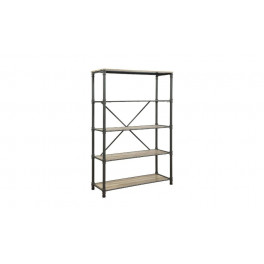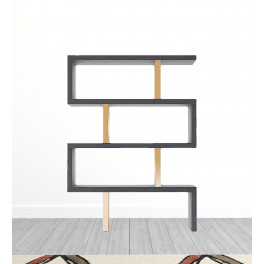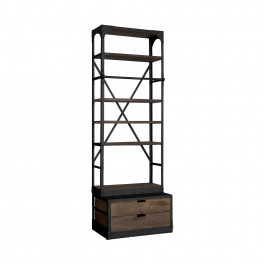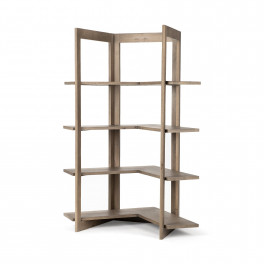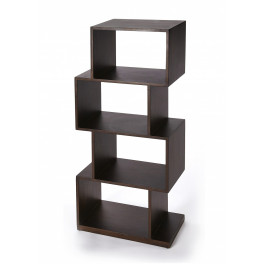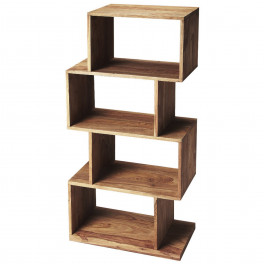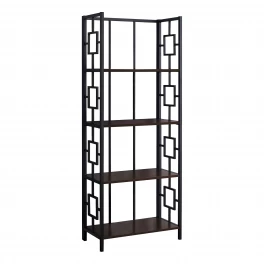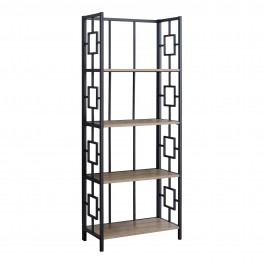If you’re a DIYer — building a picket fence, installing picture ledges, constructing wine racks, or what-have-you — you probably go through a lot of screws. The odds are at some point, you’ll accidentally strip a screw. Don’t panic! It’s not stuck there forever, and it’s easy to remove with the right tool: a screw extractor. But a screw extractor is only as good as its user. So how do you use a screw extractor?
It depends on which kind of screw extractor you have. There are many screw extractors on the market. You can get a small screw extractor, a large screw exactor, or a screw extractor set. Nearly all screw extractors, though, function in one of two ways. Here’s how screw extractors work along with tips on using them.
How to Use a Screw Extractor on a Stripped Screw
Method 1: The Extractor and Collar Method
Unless you strip or break screws on a regular basis because you do a ton of DIY projects, you probably don’t need a fancy extractor kit. My favorite type of screw extractor is the most inexpensive, and it doesn’t require drilling into the screw like Method 2 (below) does. This type of extractor is a screw remover that uses a collar to grab the stripped screw head. Here’s how to use this type of screw extractor:
1. Uncouple the collar from the remover using the hex wrench provided in the set.
2. Now you have a collar and an extractor bit. You can set the hex wrench aside.
3. Seat the collar over the stripped screw head. If it won’t settle onto the head, insert the end of a screwdriver into the top of it, and tap on the screwdriver with a hammer to drive the collar down over the screw head. (Don’t hammer directly on the collar.)
4. Attach the extractor bit to your drill.
5. Insert the extractor into the collar. Set your drill to counterclockwise to remove the screw.
Method 2: The Extractor and Drilling Method
Although the above type of extractor works well most of the time, it can fail when a particularly stubborn stripped screw refuses to budge. This second type of screw extractor tends to be more effective in these situations. Although slightly more expensive, the cost is still reasonable. You can get a kit with four extractor sizes for about $10-$20.
As you can see, this type of extractor doesn’t have a collar. It’s just a drill bit with a reversed thread. You insert this bit into a pre-drilled hole, and the reverse threads grab the inside of the screw so it can be pulled out. Here’s how you do this:
1. Get your safety glasses. Using this type of extractor can create tiny shards of flying metal.
2. Grab a center punch. (If you’ve never worked with a center punch before, this is a small tool that places a little indentation in a surface. It creates a starting point that keeps your drill or screw from wandering off the mark. Most center punches are spring-driven spikes that activate when you press the tool against a surface. You can get a basic center punch for about $5.)
3. Line up the center punch with the middle of the stripped screw. If you don’t have a spring-driven punch, strike the end of it lightly with a hammer. If your punch is automatic, press it down into the center of the stripped screw and activate it.
4. Pick a drill bit that’s slightly smaller than the diameter of the stripped screw and put it in your drill. Don’t use a cheap drill bit because you’ll likely break it. Use a bit designed for metal or at least a strong, high-quality bit.
5. Line up the drill bit with the hole your center punch created, and drill slowly into the center of the screw, making sure you keep the drill and the bit perfectly aligned with the screw. Drill into the screw head about 1/8 of an inch to a quarter-inch deep. How deep you go will depend on your screw extractor’s size.
Note: Applying a drop of thread cutting oil to the hole before you drill can make it easier to drill into the hole. Thread cutting oil is designed to keep metal from overheating during drilling. If you don’t have any thread cutting oil, however, that’s OK. For occasional use of a screw extractor, you don’t absolutely need it.
6. Attach the screw extractor to your drill.
7. Set your drill to counterclockwise and remove the screw. Start slowly. As the extractor turns, you’ll feel it bite into the hole. When you feel it grab, you can speed up the drill to pull out the screw.
Although you don’t absolutely need a screw extractor to remove a stripped screw, this handy tool is usually the most effective and easiest way to get the job done with minimal damage to the wood surrounding the screw. Now that you know how to use screw extractors, you can use screws with no fear of stripping them.




